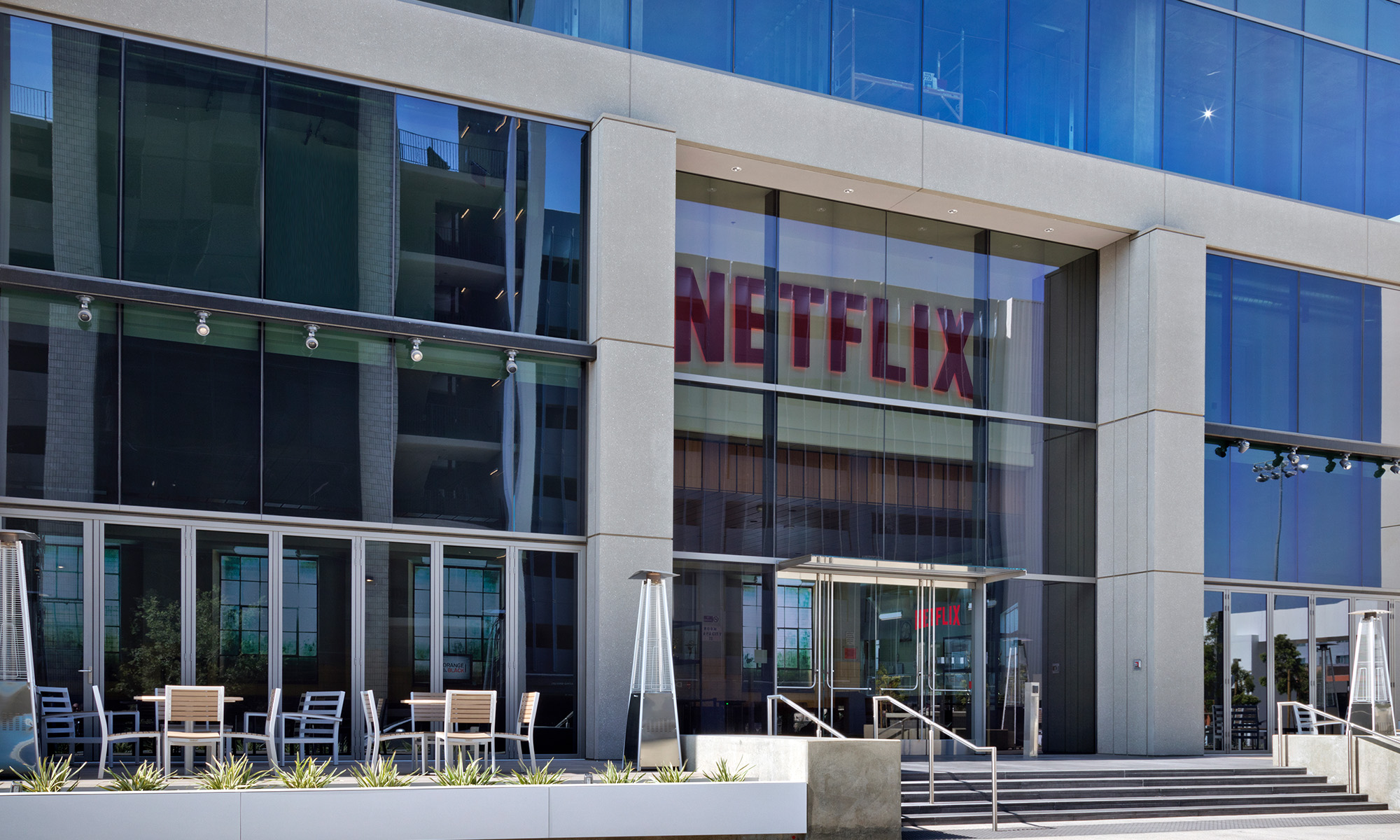One of the more intriguing competitive advantages for streaming industry pioneer Netflix, Inc. (NFLX +0.02%) has been the data that the company has compiled over the years regarding the viewing preferences of its subscribers. When Netflix first decided to venture into producing original content, the company used its algorithms to forecast that actor Kevin Spacey, director David Fincher, and the original British production of House of Cards intersected in a way that ensured, statistically at least, that its version of House of Cards would be a hit for the service.
The company has famously refused to divulge ratings for the performances of its shows, though it has frequently made somewhat cavalier statements about their success. The analysis provided by its algorithms has driven its programming decisions, which is why it was somewhat surprising when the company recently announced that it would not be renewing several shows that were previously thought to be hits.
Netflix ignited an internet firestorm when it announced the cancellation of fan favorite Sense8. Subscribers quickly took to social media, threatening to cancel subscriptions and launching a petition to reinstate the show that has already amassed 400,000 signatures.

Sense8 was a top show among fans. Image source: Netflix.
Accurate, maybe. Perfect? Hardly.
These recent moves reveal that while the algorithms that drive decisions at the streaming giant may be incredibly accurate, they are far from perfect.
Several other Netflix originals have gotten the axe in recent weeks, including The Get Down and Bloodline. These follow previous cancellations of Lilyhammer, Hemlock Grove, and Marco Polo. Ultimately the decision to cancel a series may be made for a variety of reasons that are usually led by economics and viewership. While Netflix doesn't typically release production costs for its programs, The Get Down was believed to have been one of the company's costliest shows at a rumored $120 million. If the show didn't generate sufficient buzz or interest among Netflix subscribers, it isn't surprising that it wouldn't return.
Balancing content and costs
Another indication of the fallibility of the data came in the company's April 2017 shareholder letter, when Netflix admitted that Crouching Tiger, Hidden Dragon: Sword of Destiny, which cost an estimated $20 million to produce, didn't meet its expectations for "new movies that will attract and delight members at better economics relative to licensing movies under traditional windowing."
Earlier in its history, Netflix found itself at the mercy of content producers and competition, as some of the most popular television shows were licensed for syndication at prices the company wasn't willing to match. Netflix made headlines when it allowed a deal with Starz to lapse in early 2012 rather pay exorbitant costs for its programs. Netflix had already consulted its user data and knew how much it would be willing to spend to renew the agreement.

Algorithms reveal breakout hits like 13 Reasons Why. Image source: Netflix.
It's all about the subscribers
With over 100 million subscribers worldwide, the company seeks to achieve a balance between providing content to subscribers that will keep them coming back, and doing so in a way that moves the company closer to consistent worldwide profitability. The company has been hugely successful and its algorithms have successfully predicted the popularity of shows like Stranger Things, Making a Murderer, and 13 Reasons Why. A few breakout hits will more than make up for the occasional misstep like Marco Polo.
Netflix has been using profits from its highly successful U.S. business and the acquisition of debt to finance content as it seeks to expand its worldwide user base. Following the same template that was successful with U.S. audiences seems to be working, as the company's international subscribers will soon comprise more than half the customer base. In the final analysis, Netflix's algorithms don't have to be perfect; they merely have to be right more often than not.






